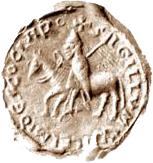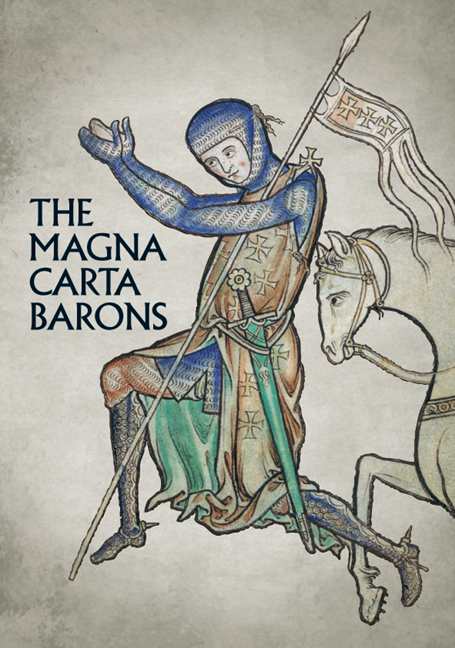The Saint Clair family
The Domesday survey provides an incredibly detailed record of landholding in England in 1086. Inevitably, historians use it as a baseline to understand the changes that occurred when the Normans ousted the defeated Anglo-Saxon landholders and took over their estates wholesale. This helps to explain why Norman fiefs included holdings from across so many counties, without any seeming logic. But of course, this conveniently avoided threats to William’s power base from ambitious lords drawing strength from contiguous estates and family alliances.
In 1086, although the king and the church were by far the largest landholders, the remainder was shared by 23 men, of which just nine held the biggest proportion. According to an old country proverb, it was said ‘that if the abbot of Glassenbury [Glastonbury] might marry the abbess of Shaftesbury, their heire would have more land than the king of England’, which puts into perspective who then owned England. Even today, almost a thousand years later, just 10% of the population owns over half of the country’s personal wealth!
The status of the Saint Clair family is unknown during the reign of William I (1066-1087) and William Rufus (1087-1100), but grew during Henry I (1100-1135). Their support for Henry and Stephen ensured at least one branch of the family secured lands and some wealth through sheriffdoms. Their descendants under Henry II established themselves as part of the crown’s administrative elite during the twelfth century. Yet, sooner or later they suffered from the same failure of male lines as many other Norman families and their lands passed out of their hands.
What was particularly significant about the early Normans in England was their mobility. Their kings held court on the move, and their barons had to keep in touch with dispersed English estates, sometimes hundreds of miles apart. But that was nothing compared to maintaining their patrimony in Normandy at the same time. After the French king finally gained control over the duchy, he demanded that all those who held lands in both countries had to decide where their allegiance lay, or suffer forfeiture. A similar position was taken by king John in England in the early 13th century – anyone passing over to Normandy would have their land escheated by the crown.
But, by then, the Saint Clairs were confirmed Anglo-Normans. In 1135, whatever rights they still held in Normandy were granted away. For the next few centuries their descendants consolidated their estates and manors, even joining the barons against kings who had exceeded their royal power. But, by the sixteenth century, few held any authority or large landholdings, having lost them through marriage, debt and a dwindling male line.
See Medieval Walkern and Magna Carta, a book about the history of Saint Clair and the Lanvalei families, and The Magna Carta Barons.

